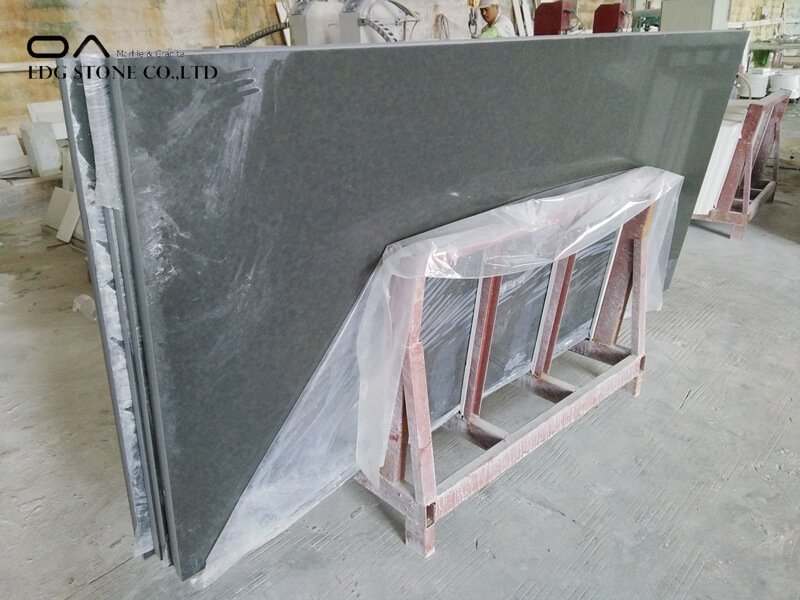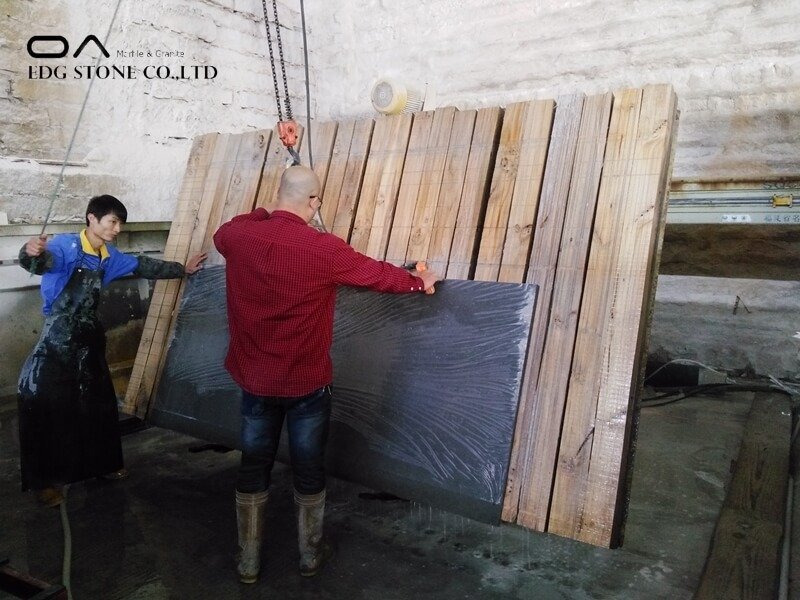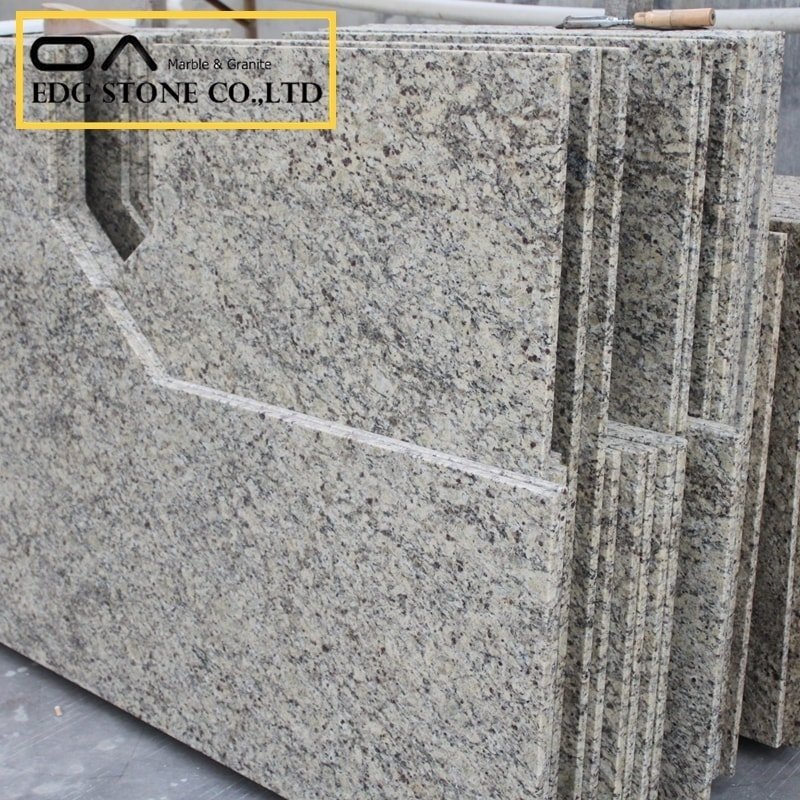Quartz stone processing is an important part of ensuring the quality of countertops. No matter how good the quartz stone slab is, there will be quality problems if the strict quartz stone processing method is not followed. The processing requirements of quartz stone are in principle the same as the processing of natural stone, but it is the same as natural granite and granite. Quartz stone is 90% natural quartz, so its character is closer to natural stone. It has the hardness and toughness of natural stone, and the hardness is higher than that of natural marble, so besides it can be used as a countertop, it is also a highlight of the floor. Operators who process quartz stone should preferably have experience in processing natural stone. Operators who have processing ordinary artificial stone but no experience in processing natural stone must in principle be trained before they can work.
Like ordinary countertops, quartz stone countertops are also composed of countertops, water-retaining, hanging edges, basin holes, stovetop holes, gas pipe holes, etc. The following is an introduction to the above major components and a specific discussion of production and installation Precautions. If you are not familiar with cabinets, decoration, and quartz stone, it is best to contact the quartz stone manufacturer or cabinet manufacturer, and the manufacturer will provide suitable design, production, and installation plans. Only the manufacturer has a say in their products. Make a comprehensive plan in terms of material selection, structural planning, installation timing, cabinet requirements, and ease of use, so as to avoid damage during use.
1. Read the drawings carefully before cutting the material, calculate the materials used, and understand the plates and shapes used in the drawings.
2. When using materials, select plates of the same variety, same batch number, and adjacent serial numbers tear off the packaging film, put two or more plates together, and wipe the surface of the plates with a clean damp cloth. The material can be opened when there is no color difference.
3. All operations must be coordinated with cooling water. The cutting material is based on the principle that the utilization rate of the material reaches 90%. The tools used for cutting are flat sewing machines, cutting machines or gongs, and keep the saw blade and the blade sharp so that the cut sheet size is accurate, the interface is smooth, and the table is guaranteed Perfection of connection.
4.1 Manual polishing (mainly shapes, corners, edges of chess pieces, etc.) from coarse to fine, sandpaper is dry sanding paper 80#, 180#, 360#, 600#, water matte paper 1000#, 1500#, 2000#, 2500#.
4.2 The grinding direction of the machine is the vertical and horizontal directions, and the track overlaps the way. It moves in parallel with the radius of the grinding disc. The selected sandpaper is 80#, 180#, 360#, 600# (the place outside the joint can be from 180# or 360 #Begin) Then use water sanding paper of no less than 1000# to flatten the water mill (the sample plate needs to be polished to 2500#) so that the table surface is evenly stressed.
5.1 Using hard wax (strip wax), place the strip wax on the wool ball of the started polishing machine and rub it, and then move the wool ball coated with the polishing wax back and forth on the table.
5.2 When using box wax and liquid wax: first apply 8# wax evenly on the countertop with a brush, polish it with a polishing machine and wipe it with a clean cotton cloth, then use a cotton cloth to moisten 3# polishing oil and then wipe the countertop. The wool ball is polished and the corners and edges are wiped with cotton cloth, and finally polished evenly
5.3 In the corners and corners that cannot be polished by the polishing machine, you can directly use a clean cotton cloth to coat the polishing wax back and forth and rub it back and forth.









